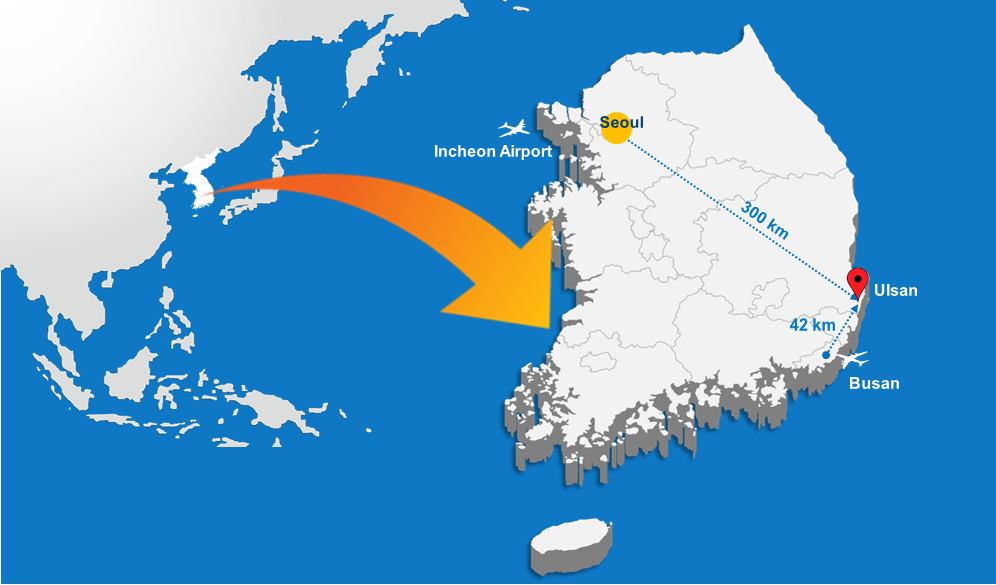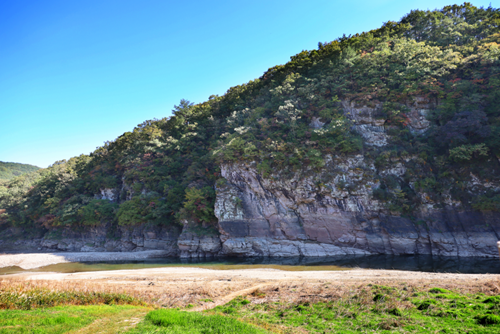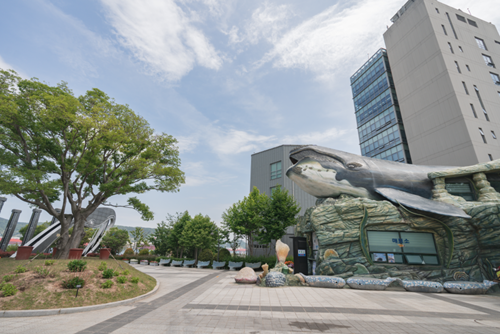About Ulsan
Ulsan is located in the south-east of the Korean peninsular, neighboring Busan (42 km) to the south and facing Gyeongju (30 km) to the north. It ranks seventh-largest metropolitan city in Korea. It is proud of the world’s largest automobile assembly plant, operated by the Hyundai Motor Company; the world’s largest shipyard, operated by Hyundai Heavy Industries; and the world’s third largest oil refinery, owned by SK Energy. Thus, Ulsan has the highest GDP per capita of any region in Korea. <Source from Wikipedia>

Ulsan Attractions
Taehwagang National Garden

Daewangam Park

Daewangam Park is a seaside park located on the east coast. The park has a walking trail that passes by a forest of pine, cherry blossom trees, magnolias, camellias, apricots, and forsythia. This park is located at the end of the southeasternmost point facing the East Sea, and has a lighthouse that serves as a marker for fisherman and sailors out on the sea. The park is also home to Daewangam Rock that looks like a dragon rising up into the sky. It is connected to the mainland with an iron bridge and has an observation tower. <Source from Korea Tourism Organization>
• Address: 95, Deungdae-ro, Dong-gu, Ulsan
Petroglyphs of Bangudae Terrace

Petroglyphs of Bangudae Terrace in Daegok-ri, Ulju-gun are estimated to have been drawn over several periods since the New Stone Age so you can discover the differences in styles among various ages. Primary objects that were popularly carved include sea animals, land animals, humans and tools and, as our prehistoric ancestors actively engaged in hunting, the hope of abundance in game is believed to be the reason why these objects were frequently carved on rocks. Vividly expressing animals and hunting scenes and colorfully depicting outstanding traits of objects, these petroglyphs are a form of both hunting art and religious art, and they are considered as the greatest masterpieces from which we can take a peek at the life and customs of the prehistoric ages. <Source from Korea Tourism Organization>
• Address: 285, Bangudaean-gil, Ulju-gun, Ulsan
Jangsaengpo Whale Culture Village

Opened in 2015, Jangsaengpo Whale Culture Village reproduces the scene of an old whaling village through areas like Whale Plaza, Jangsaengpo Old Village, Prehistoric Whale Experience Garden, an aquatic botanical garden and other themed area as well as a sculpture park. <Source from Korea Tourism Organization>
• Address: 271-1 Jangsaengpogorae-ro, Nam-gu, Ulsan
